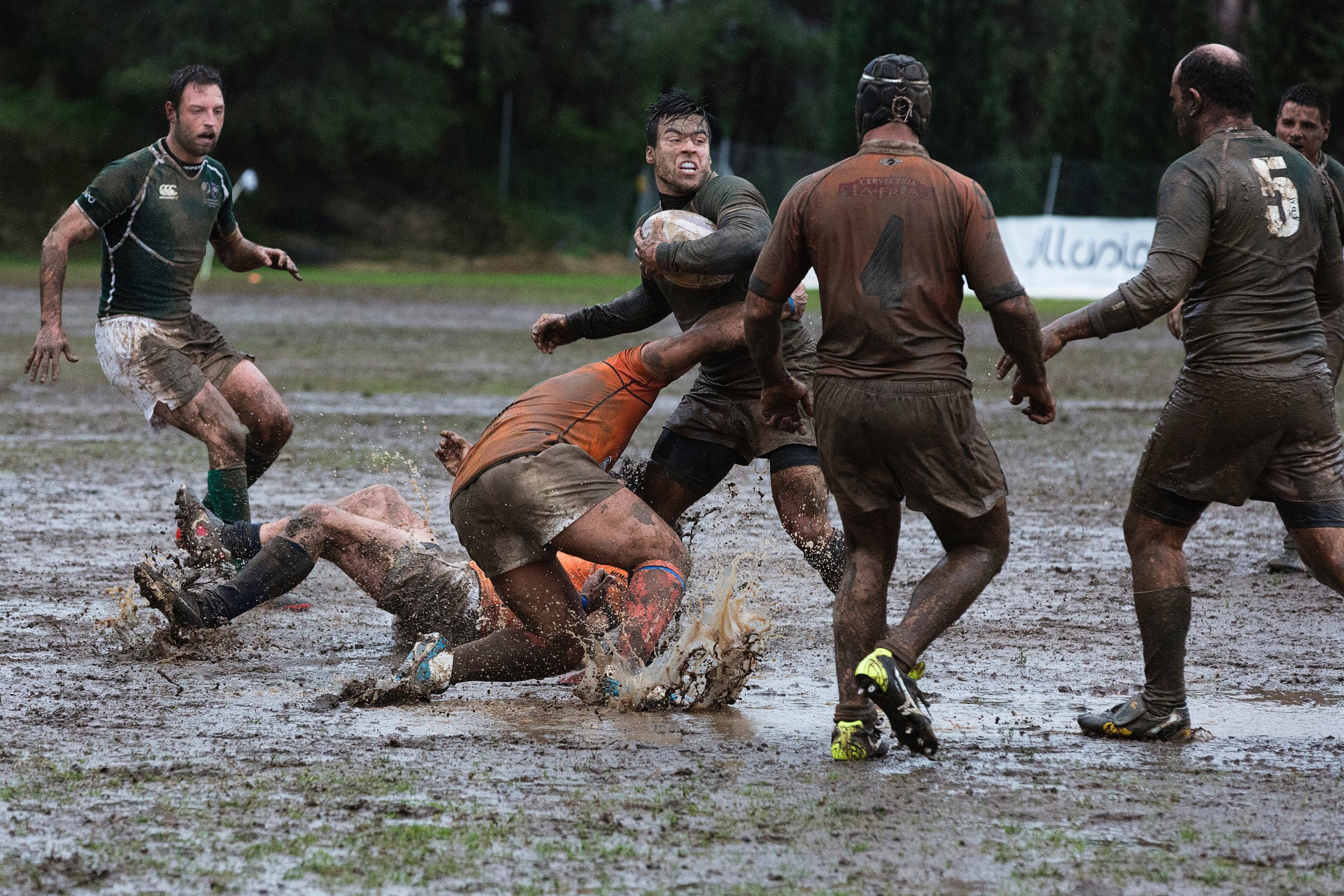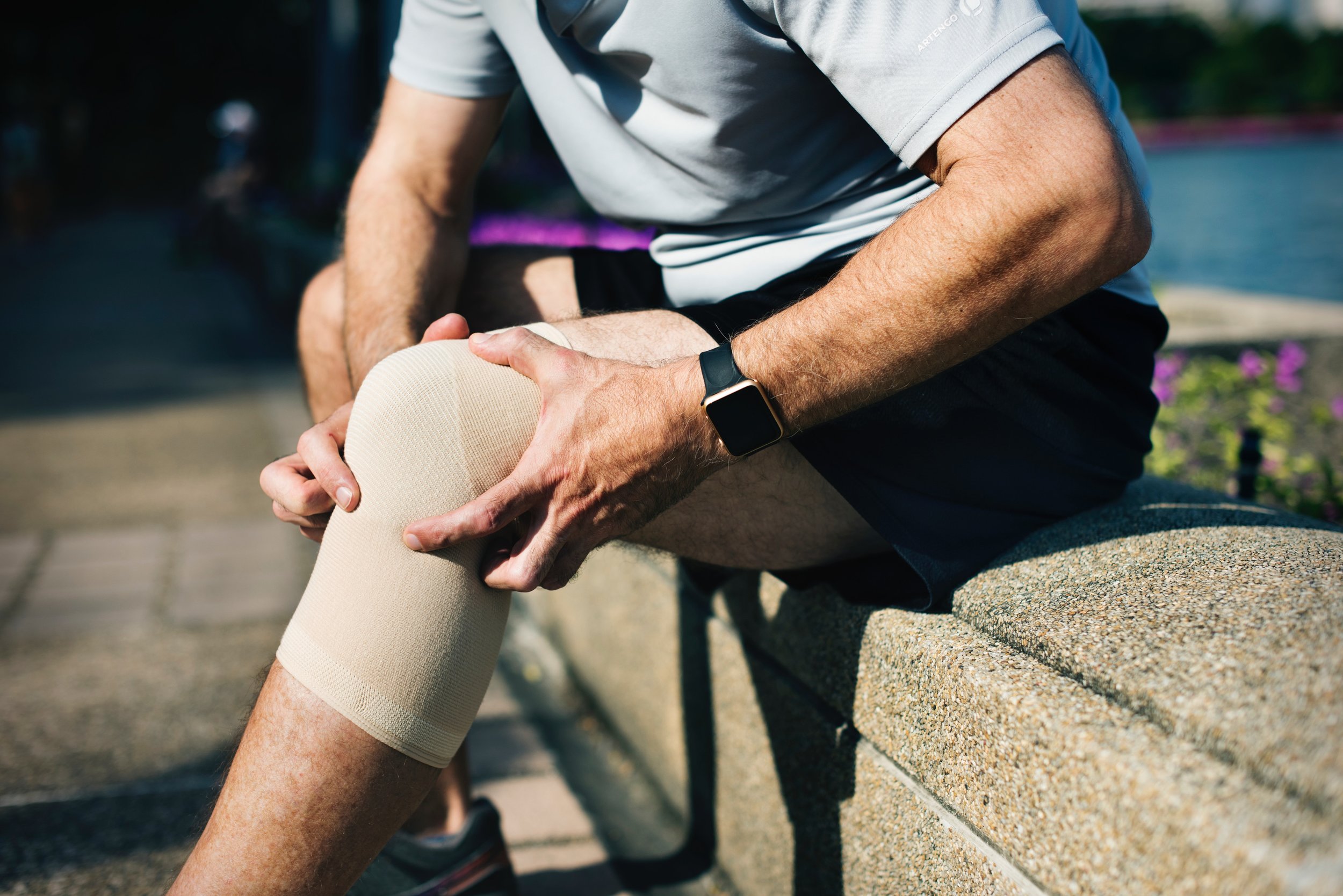Who and what we treat
The Abbey Physiotherapy and Spine Centre offers physiotherapy and rehabilitation for a wide range of people, with a variety of injuries.
Neck pain | Thoracic pain | Lower back pain | Hip pain | Knee pain | Ankle pain | Foot pain | Heel pain | Shoulder pain | Elbow pain | Wrist Sprains and Hand Injuries
Neck Pain
Neck pain can result from injury to any of the structures in the neck including the muscles, ligaments, nerves, joints and discs. The causes of neck pain are varied ranging from an acute muscle strain to chronic postural related pain with associated stiffness and muscle weakness.
Depending on the structure which is injured and the extent of injury, neck pain may be localised or may refer into the shoulder, down the upper limb, or up towards the head and face.
Neck pain is one of the most common complaints with up to 70% of the population suffering from it at some stage in their lives. Sufferers of neck pain also report high recurrence rates and for this reason it is vital that any incidence of neck pain is managed appropriately as soon as possible.
Treatment
Our Chartered Physiotherapists are experts in the management of neck related disorders. They will provide a thorough assessment and physical examination to ascertain the cause of your neck pain. We may use any of the following treatment techniques to help regain pain free movement and function in the neck: Joint mobilisation, joint manipulation, deep tissue massage, myofascial release techniques, dry needling, corrective taping, corrective strengthening and movement correction exercises.
Common Causes of Neck Pain include:
Myofascial Pain Syndrome
Headaches
Nerve impingement/ Pinched nerve
Facet joint injury
Wryneck (crick in the neck)
Disc related pain
Arthritis / Spondylosis
Muscle strains
Instability
Postural deficiency
Thoracic Pain
Common Causes of thoracic pain include
Myofascial Pain Syndrome
Nerve impingement/ Pinched nerve
Facet joint injury
Rib dysfunction
Disc related pain
Arthritis / Spondylosis
Muscle strains
Instability
Postural deficiency
Scheuremans Kyphosis
Lower Back Pain
The Most Common Complaint!
Lower back pain is the most common complaint seen in physiotherapy practices across the western world. It is second only to the common cold as a primary cause of sick leave in Ireland with sufferers taking an average of 11 days off work a year due the condition. Statistics show that over 80% of the population will suffer from lower back pain at some stage in their lifetime. The vast majority of people will recover from an episode of lower back within 2-6 weeks. In up to 30% of cases however back pain persists or re-occurs.
Back pain sufferers need to seek professional help early for an accurate diagnoses and a comprehensive treatment plan. This will help to relieve symptoms and address any underlying causes. There are a number of structures in the lower back which can result in lower back pain, when injured. These include the muscles, ligaments, facet joints, nerves and intervertebral discs.
Below is a list of conditions which can cause lower back pain.
Sciatica
Sacroiliac joint problems
Disc related lower back pain
Ankylosing spondylitis
Spondylosis
Spondylolisthesis
Muscle strains
Facet joint syndrome
Disc herniation
Pinched nerve
Instability
Postural deficiency
Hip Pain
Typical conditions which can cause pain in or around the hip area inlcude
Muscle strain
Bursitis
Femoral acetabular impingement
Labral / cartilage tear
Perthes disease
Slipped femoral epiphysis
Overuse injury to muscle/tendons
Arthritis
Joint Replacement
Knee Pain
Typical conditions which can cause pain in or around the knee include:
Meniscal injury
Patellar femoral pain syndrome (kneecap)
Patellar Tendonosis/tendonitis(Jumpers Knee)
Ligament sprains
Cruciate ligament rupture
Osgood schlatters
Arthritis
Knee Replacement
Bursitis
Ankle Pain
Symptoms
Ligament sprains (17% of admissions to A&E for muscle, joint, bone injury)
Cartilage injury /osteochondral lesions
Achilles tendonosis/tendonitis
Severs disease
Fracture/bone break (traumatic / stress)
Tendon injury
Arthritis
Joint Replacement
Treatment
Ligament sprains are the most common type of ankle injury. Sprains occur when the ligaments (thick fibrous bands that connect bone to bone) which stabilise the joint are stretched beyond their capability resulting in a tear. The most likely mechanism is an inversion sprain in which the foot is forcefully rolled inwards. Depending on the severity of the sprain there may be damage to one or more ligaments and symptoms may vary from mild discomfort whilst walking to an inability to weight bear through the affected ankle.
The most important aim of treatment following a sprain in the initial 48 hours is to control swelling and protect the injured tissue. In order to facilitate this goal we recommend the PRICE protocol (Protect, Rest, Ice, Compression, and Elevation). One of the main risk factors associated with chronic or recurrent ankle sprains is inadequate rehabilitation following injury.
At The Abbey Physiotherapy, we use a combination of manual therapy techniques and progressive exercise to help you regain mobility and strength in the joint and return you to full function. If you need to see a foot and ankle consultant, we have close connections to see and a specialist and can refer you to him.
Dealing with Foot pain?
The average person takes 7,500 steps a day, or about 115,000 miles over a lifetime! The foot absorbs between two and three times our body weight in force when we walk and anywhere from three to eight times body weight when we run. Individuals with certain body mechanics distribute forces inefficiently through the lower limbs causing excessive stress or overloading.
Common Foot Conditions
Metatarsalgia
Sesamoiditi
Foot Arch Pain
Plantar fasciitis
Heel Spur
Stress Fracture
Mortons Neuroma
Bunion (Hallux Valgus)
Bursitis
Heel contusion
Heel Pain
One of the most commonly injured areas
The heel is one of the most commonly injured areas of the foot.
Typical conditions which can cause pain in or around the heel area are.
Plantar fasciitis
Heel contusion/bruising
Retrocalcaneal bursitis
Insertional achilles tendonosis/tendonitis
Severs disease (childhood)
Stress fracture of the calcaneus
Shoulder Pain
A common injury across the board
Normal shoulder function is essential for many daily activities and sports. Our shoulders can get into over 15,000 positions based on combinations and as such are susceptible to injury. There is a high prevalence of shoulder injuries in the general population triggered by tasks requiring overhead reaching, heavy lifting or repetitive use of the upper limb.
Shoulder injuries are extremely common and cross the sporting and non-sporting population. There are numerous structures and/or conditions of the shoulder joint that can cause pain.
Causes of Shoulder Pain
Some of the main causes of shoulder pain are:
Rotator Cuff Injuries
Shoulder instability
Shoulder stiffness or frozen shoulder
A-C joint injury
Bursitis
Shoulder dislocation
Labral tear
Referred pain
Tendonitis / tendonosis
Arthritis
Joint replacement
Fracture / bone break
Elbow Pain
Symptoms
Damage or disruption to the local elbow structures such as the muscles, tendons, ligaments, nerves and/or joint itself can all result in elbow pain. Similarly pain experienced at the elbow joint may not be due to a local pathology but may be referring from the shoulder, neck or upper back.
Two of the most common local elbow pathologies treated are medial epicondylitis or ‘golfers elbow’ and lateral epicondylitis or ‘Tennis Elbow’.
Common causes of elbow pain include:
Tennis Elbow
Golfers Elbow
Sprains and strains
Stress Fractures/Traumatic Fracture
Dislocated Elbow
Tendinitis
Bursitis
Wrist Sprains and Hand Injuries
Common causes
Identifying the causes of wrist and hand pain is essential for proper treatment.
Fracture/ bone break
Cartilage tear
Tendonosis
Tendonitis
Tenosynovitis
Instability
Arthritis
Ligament sprains
Skiers thumb
Contractures





